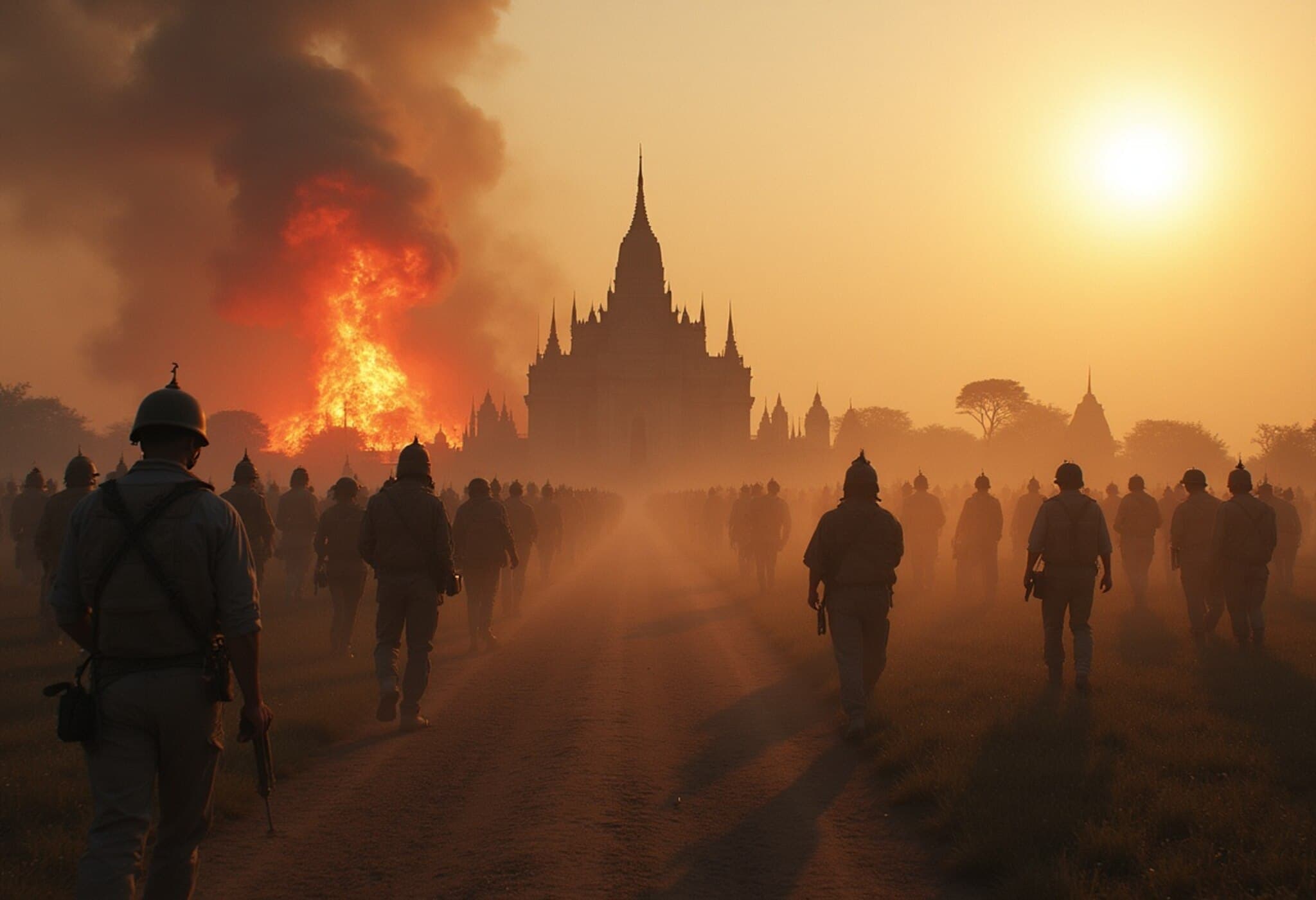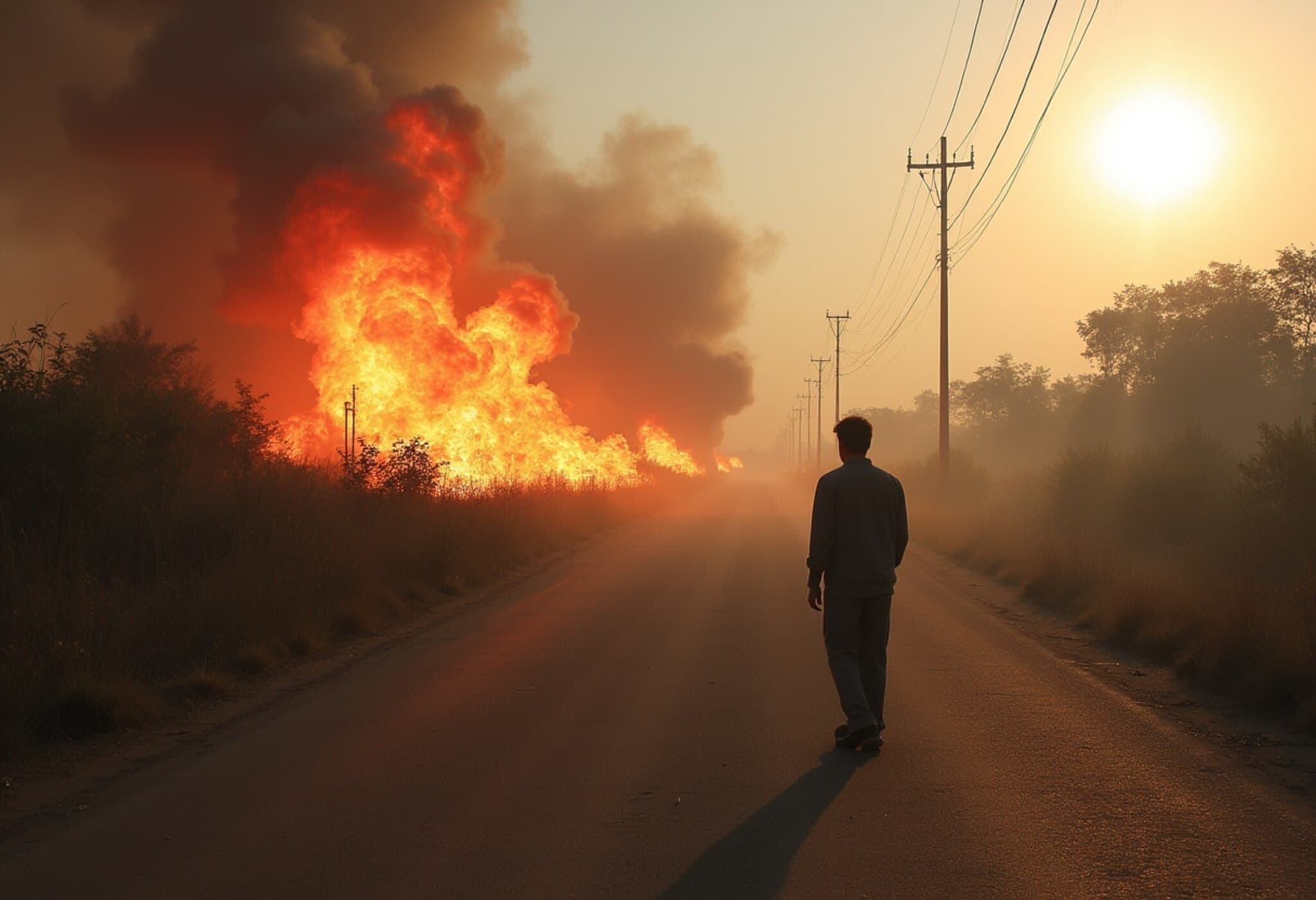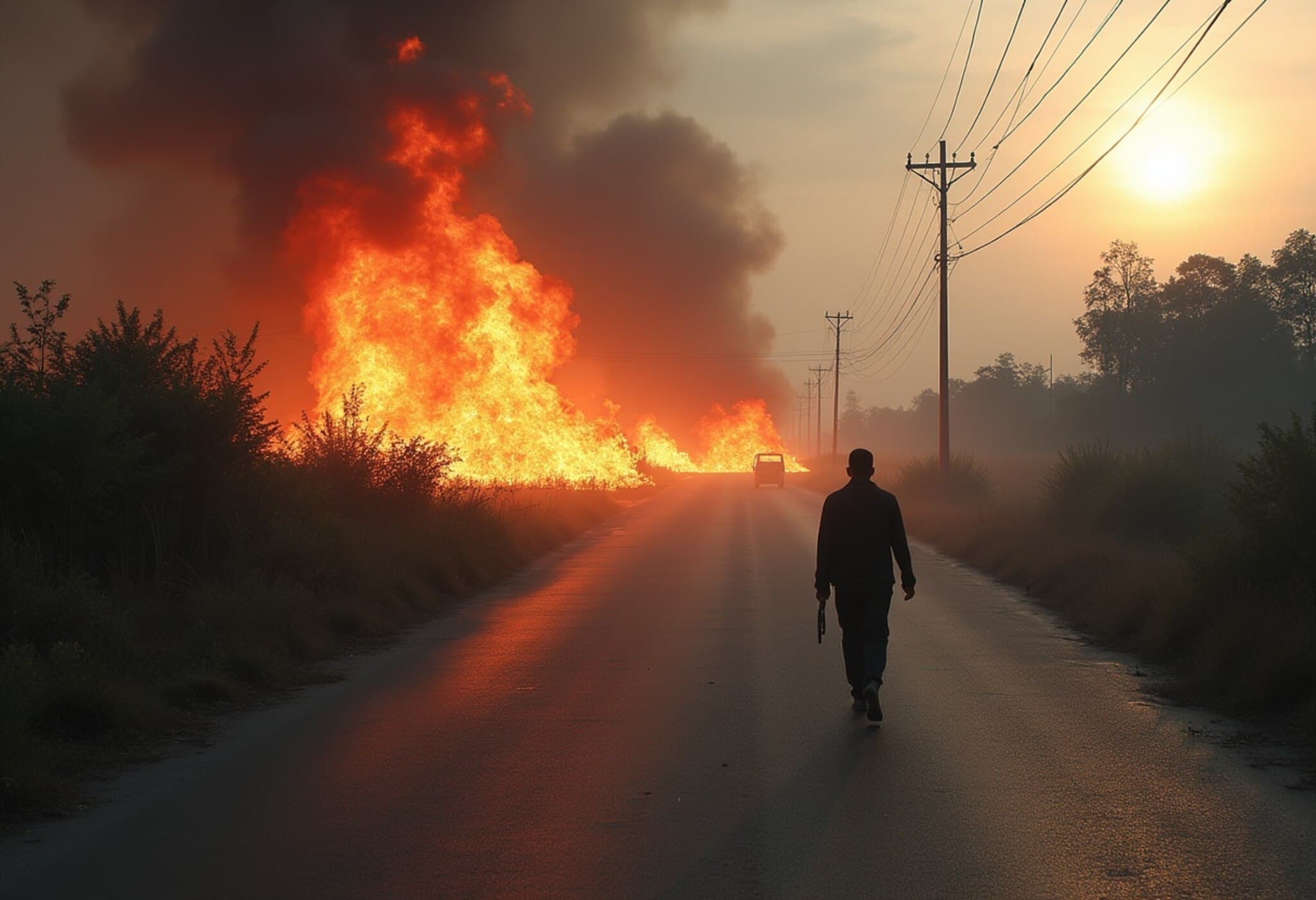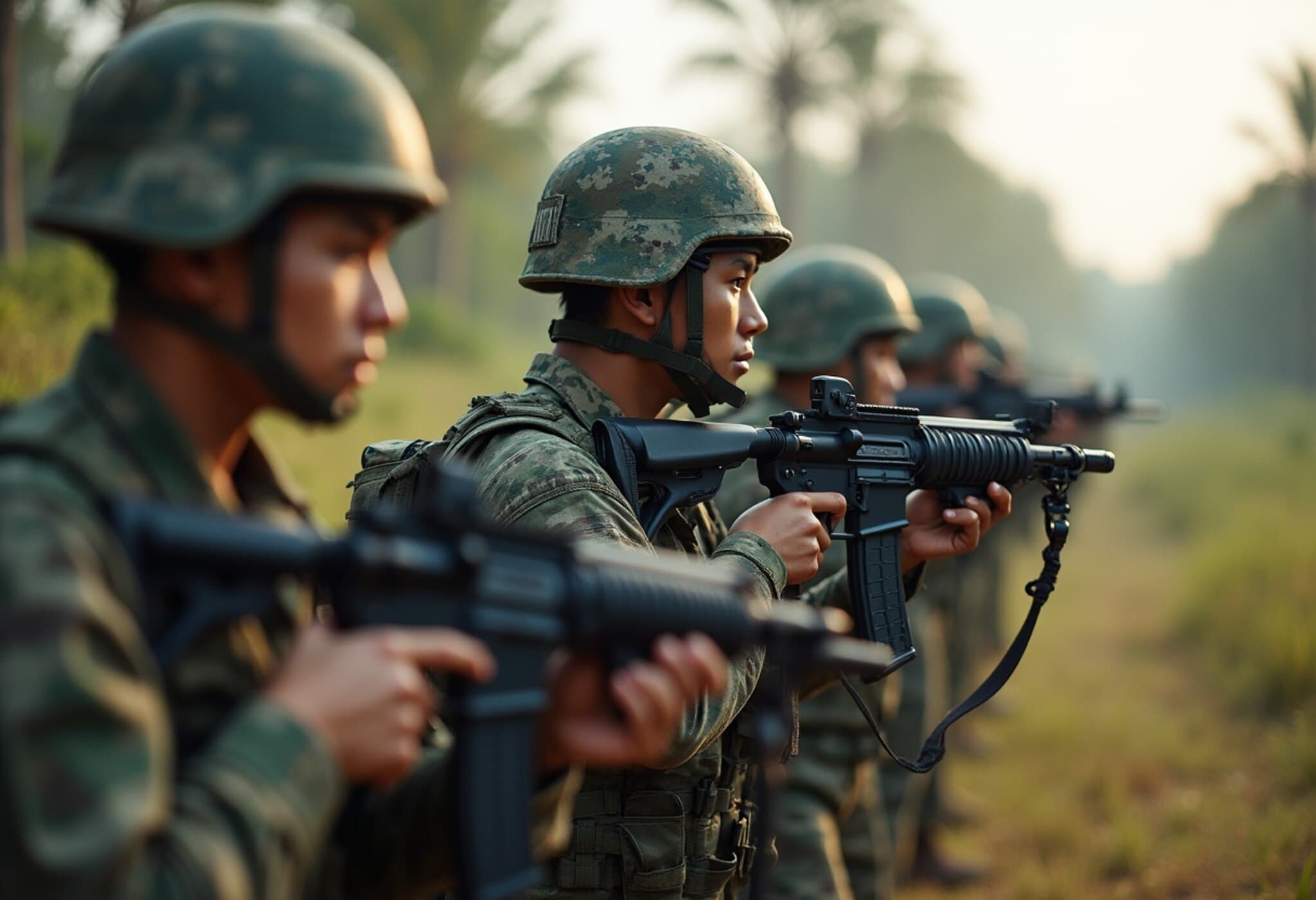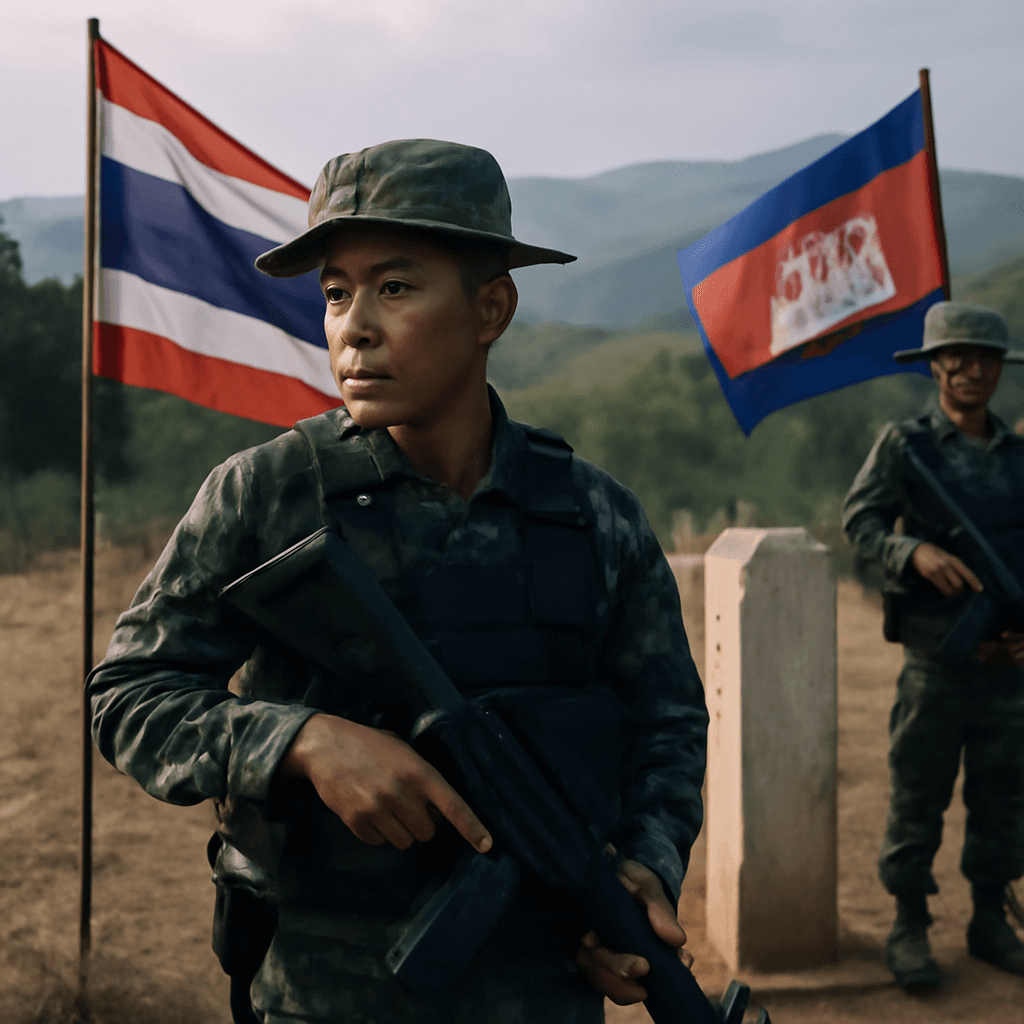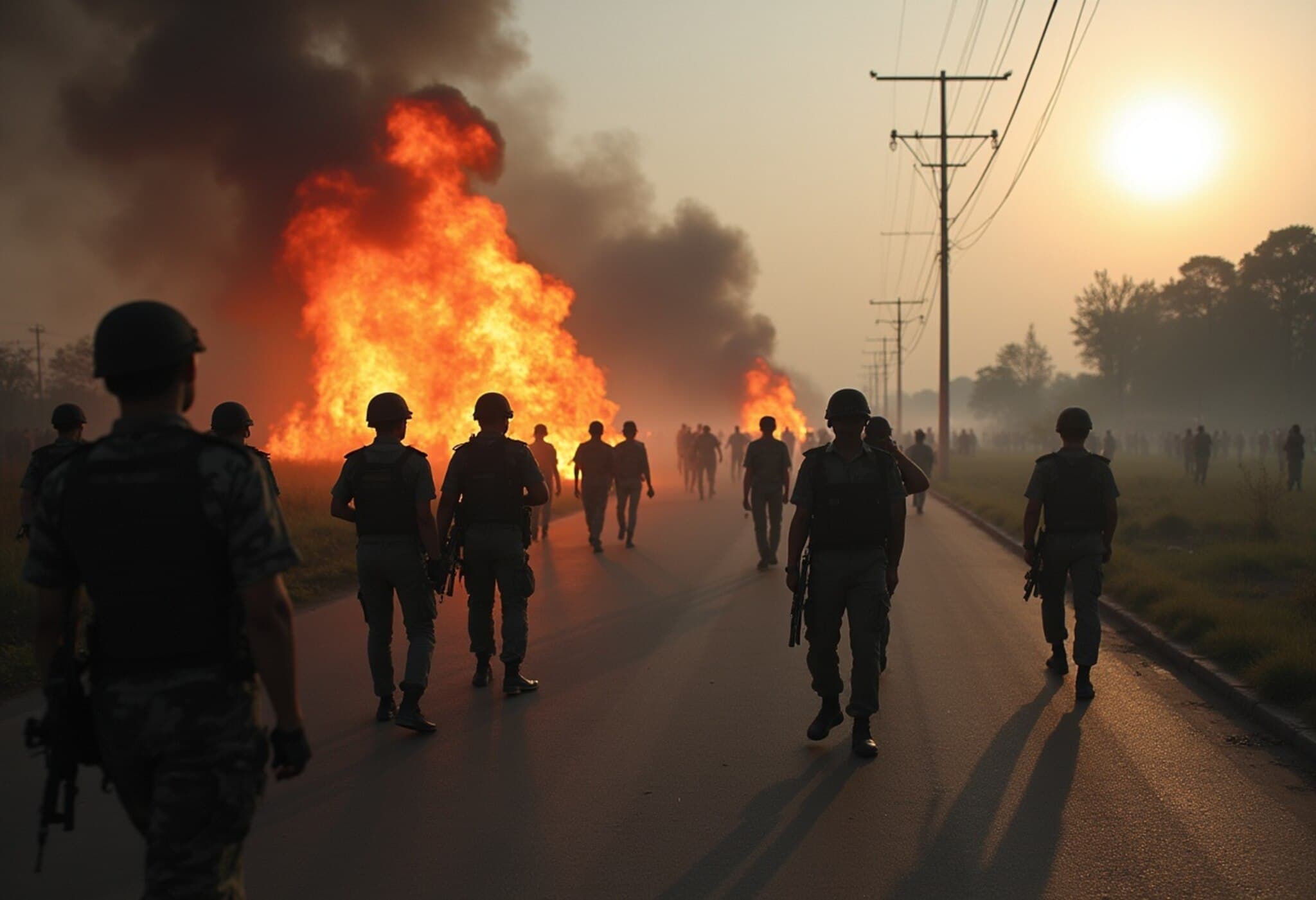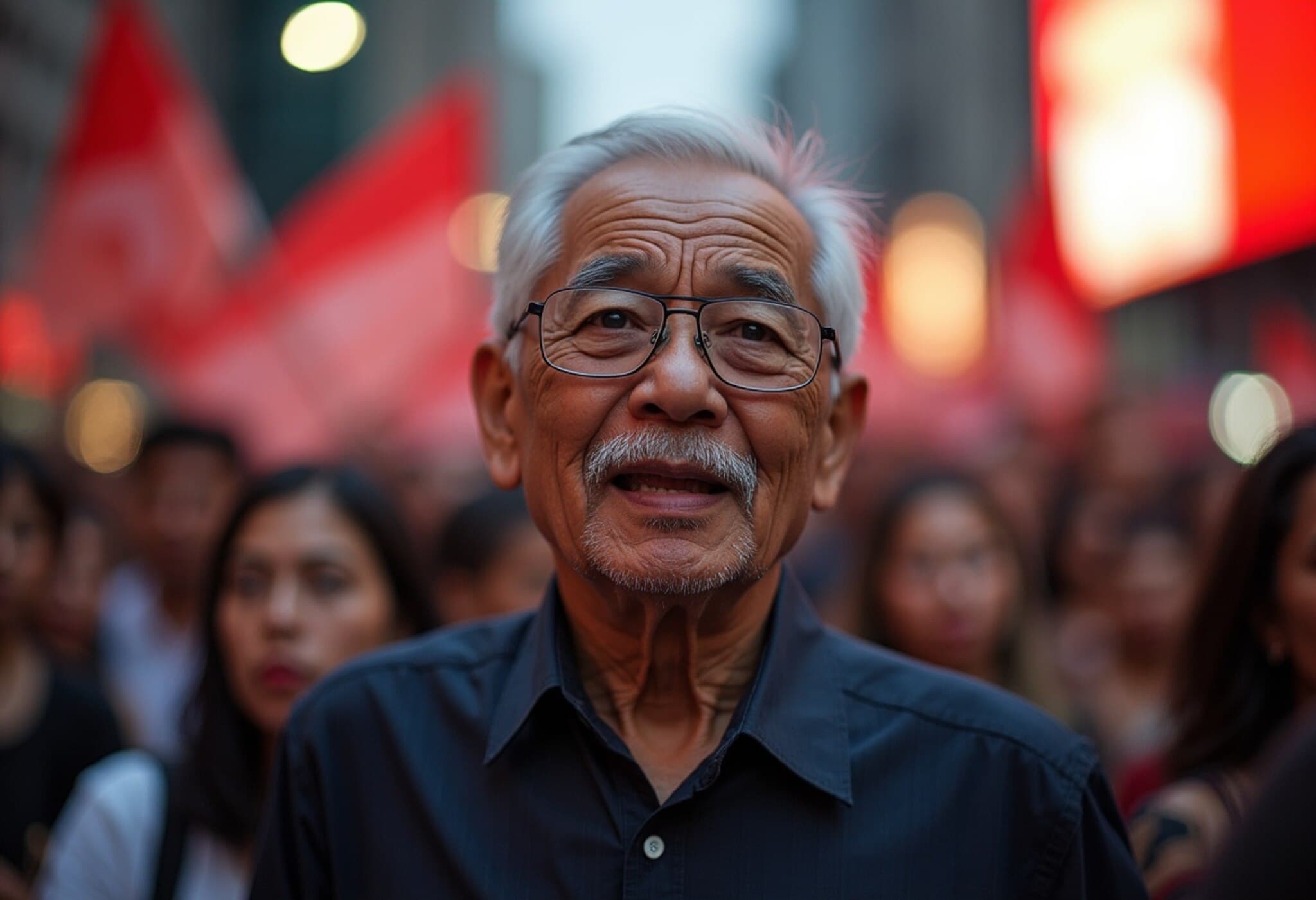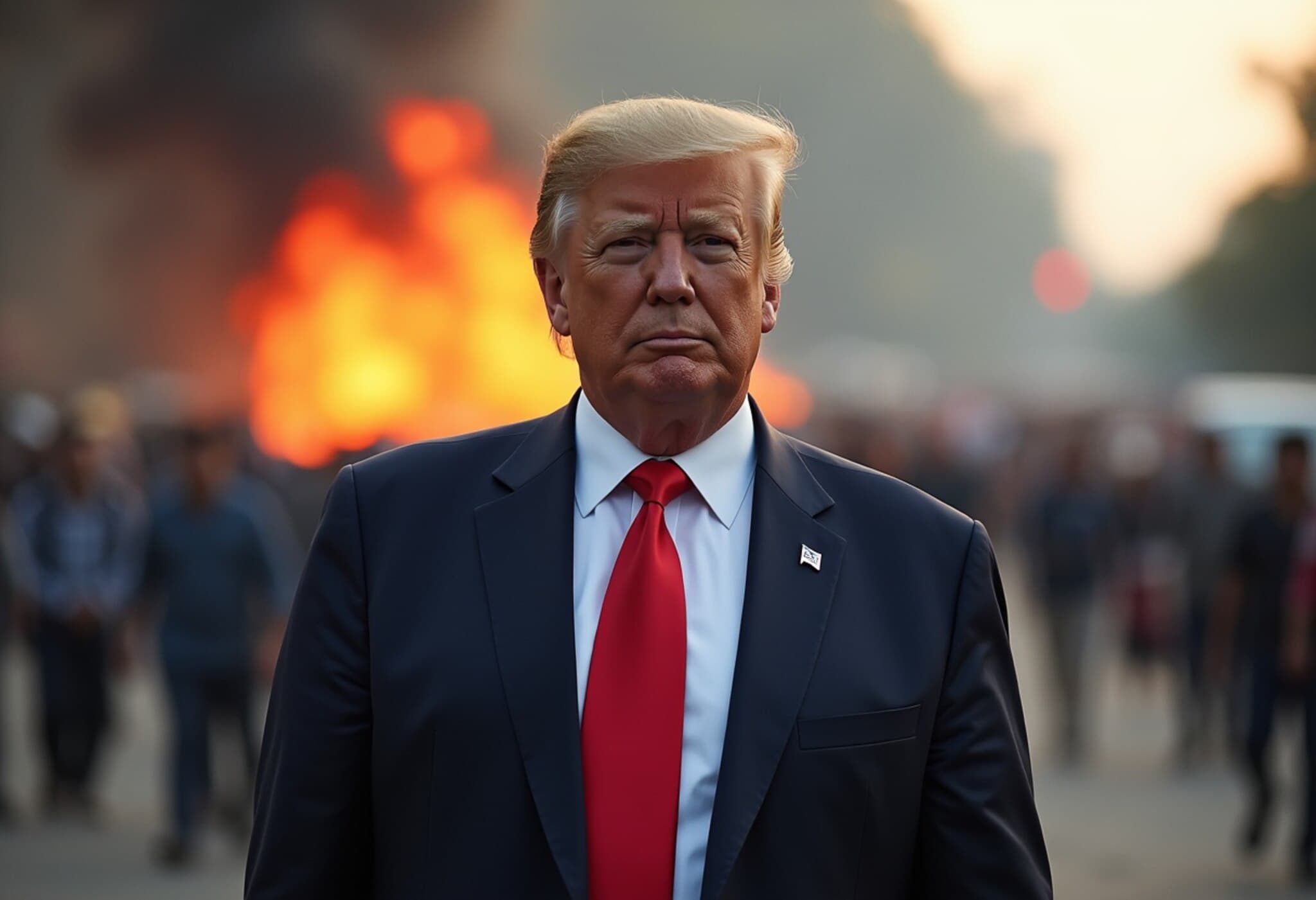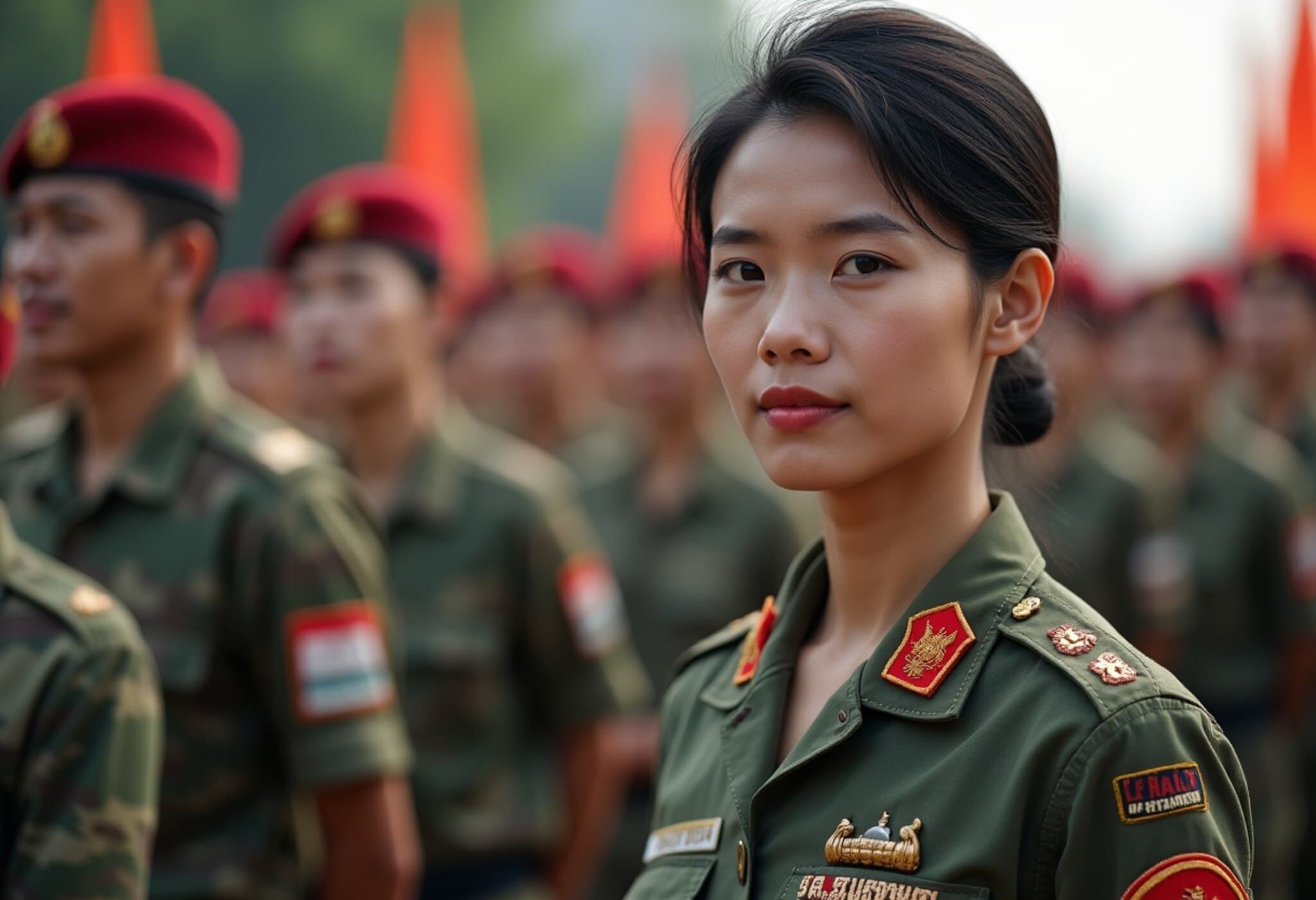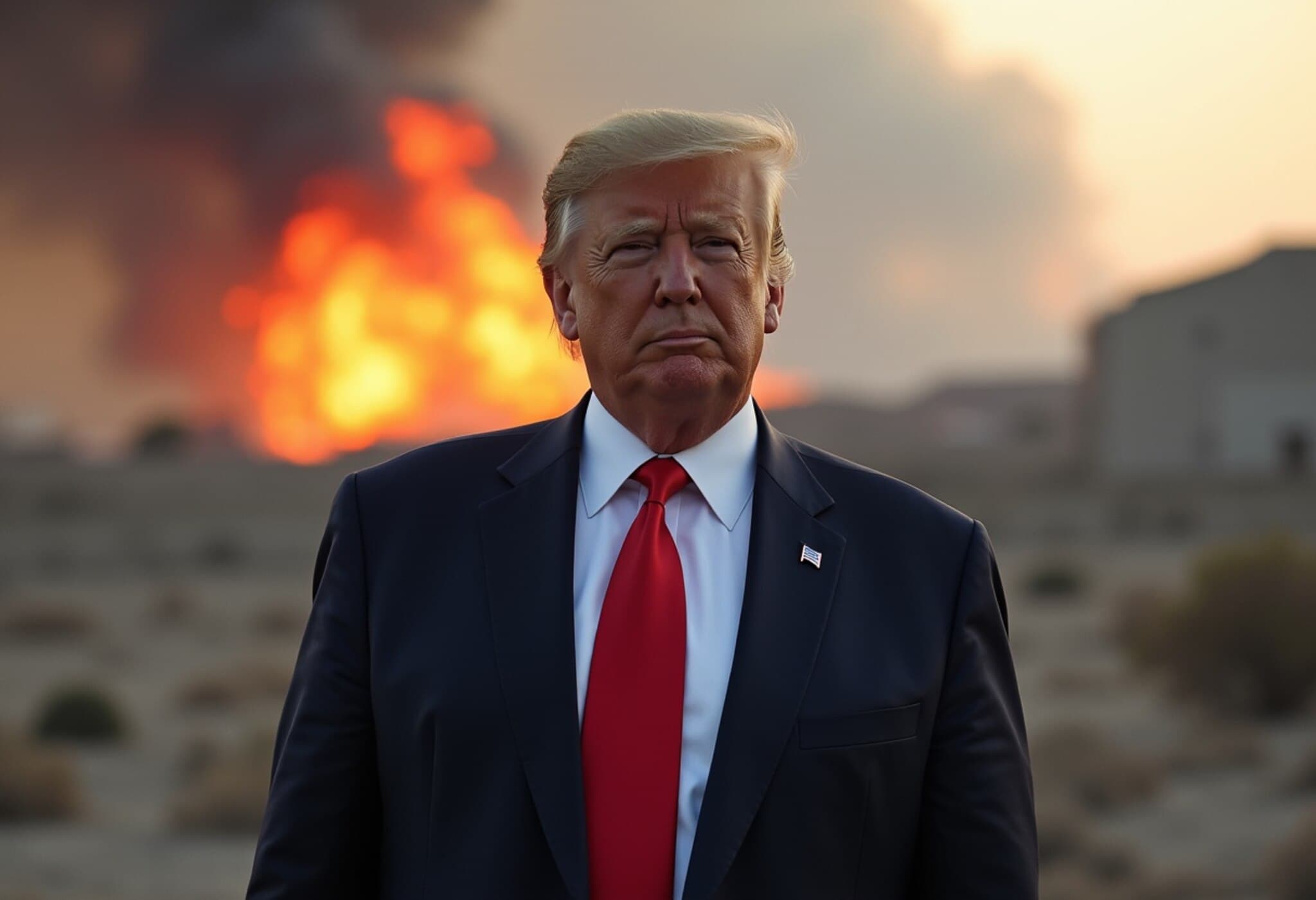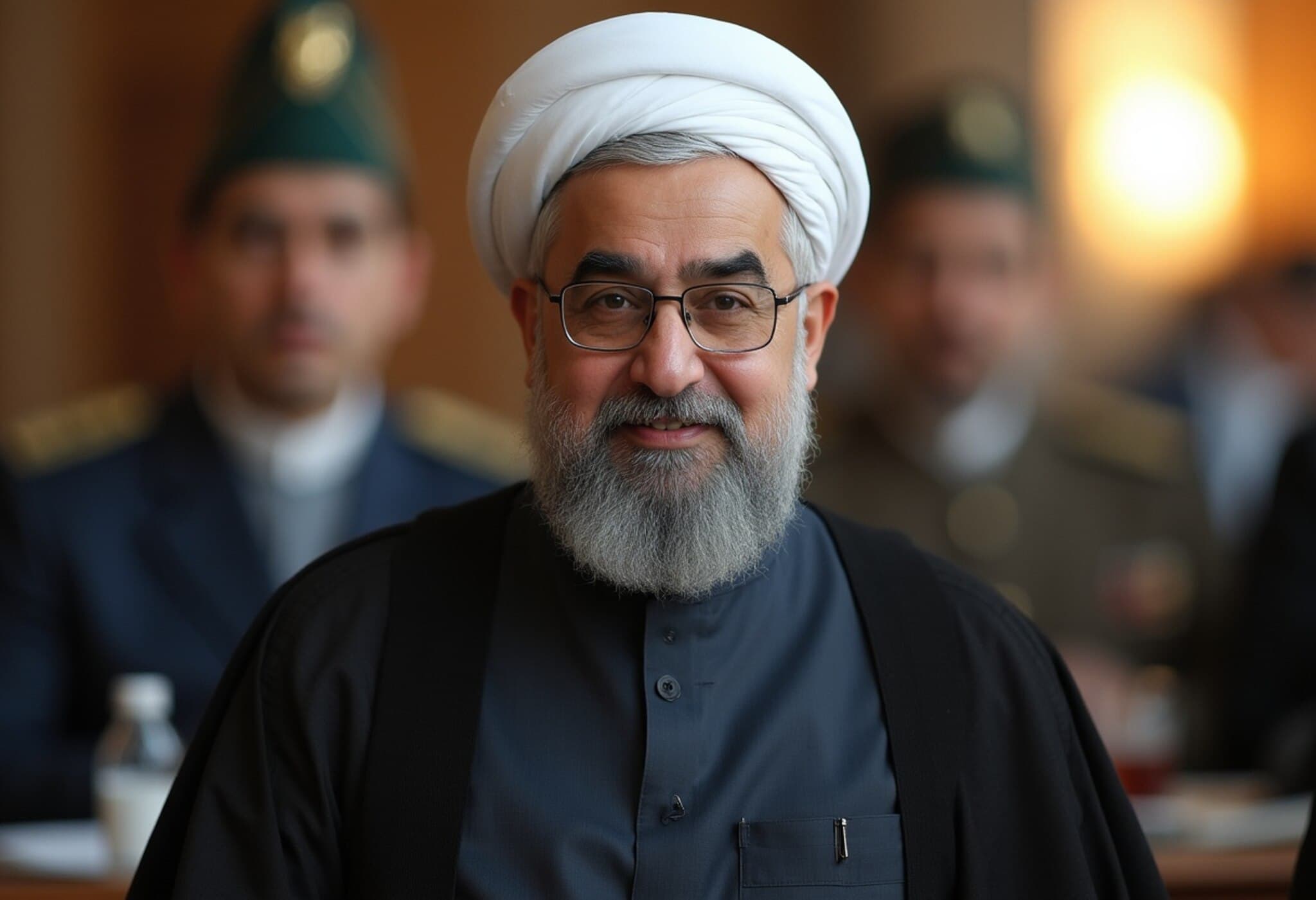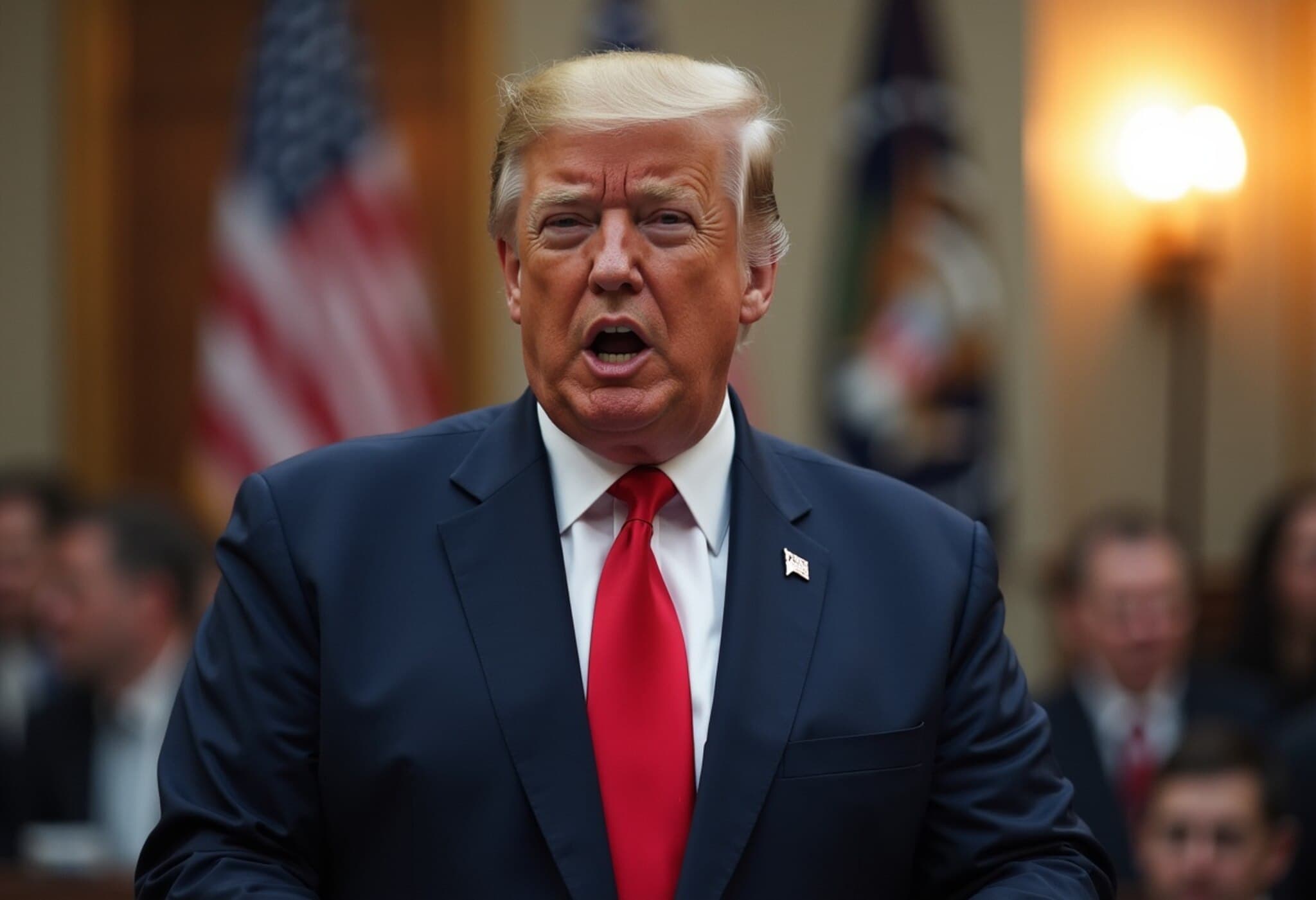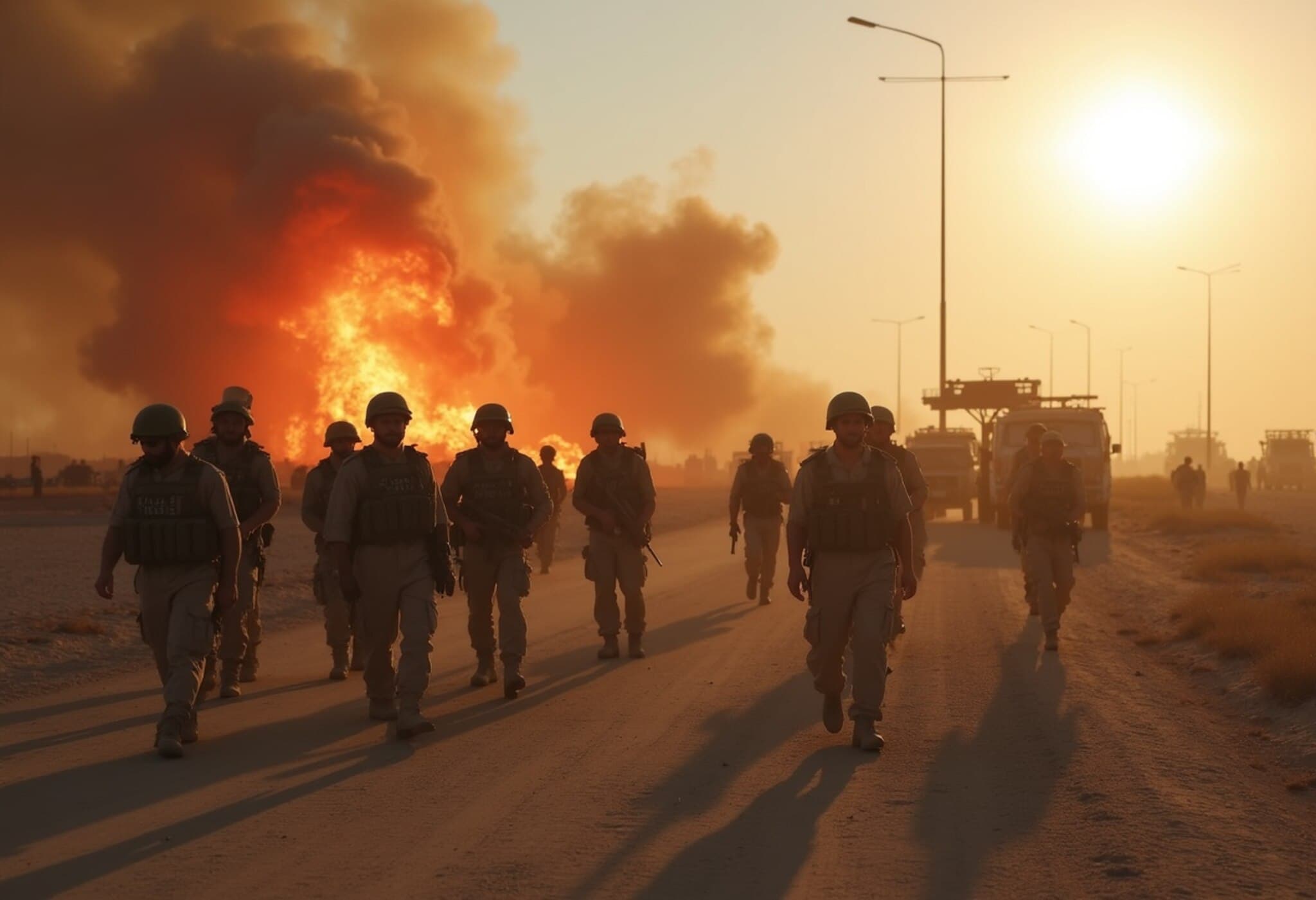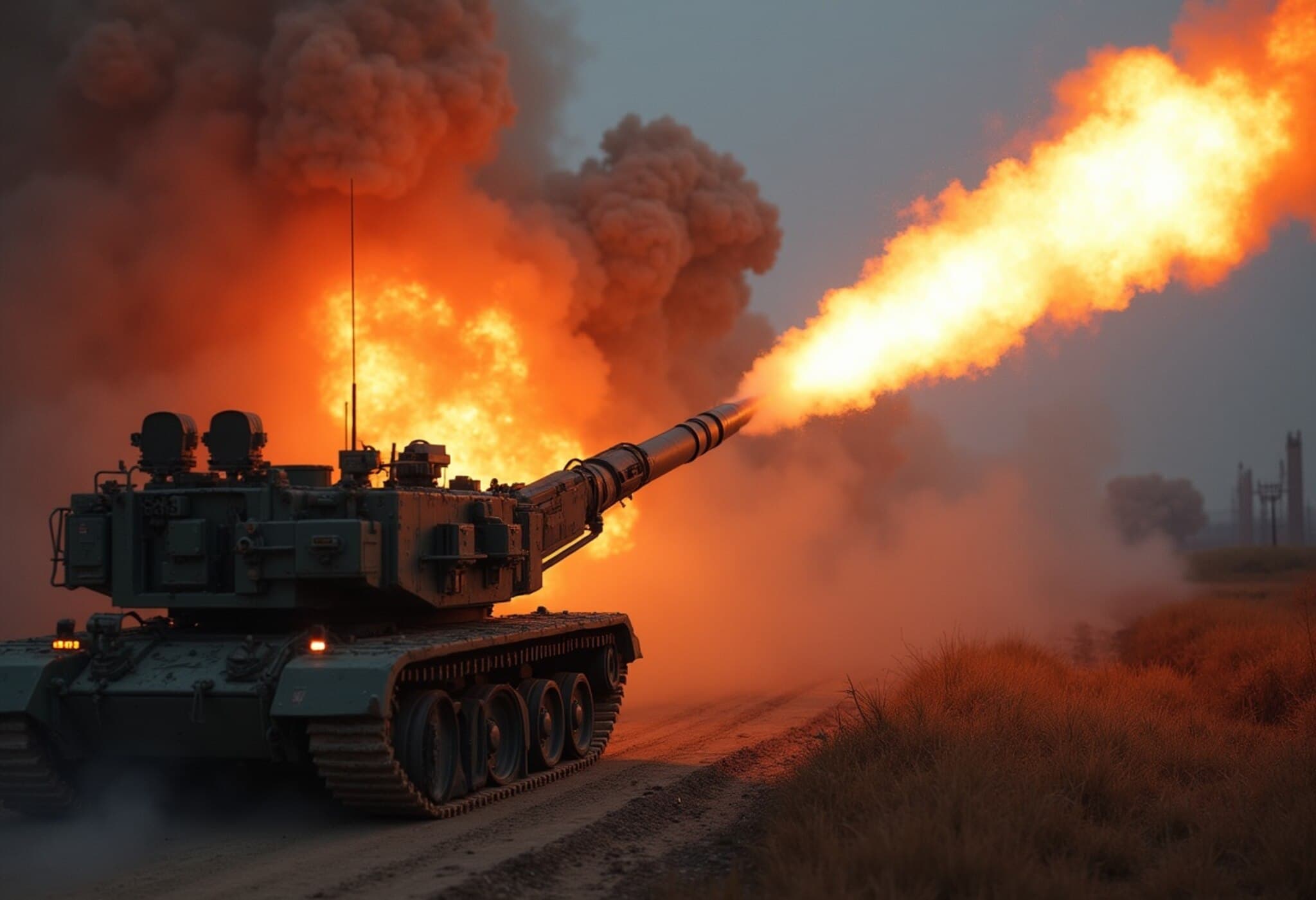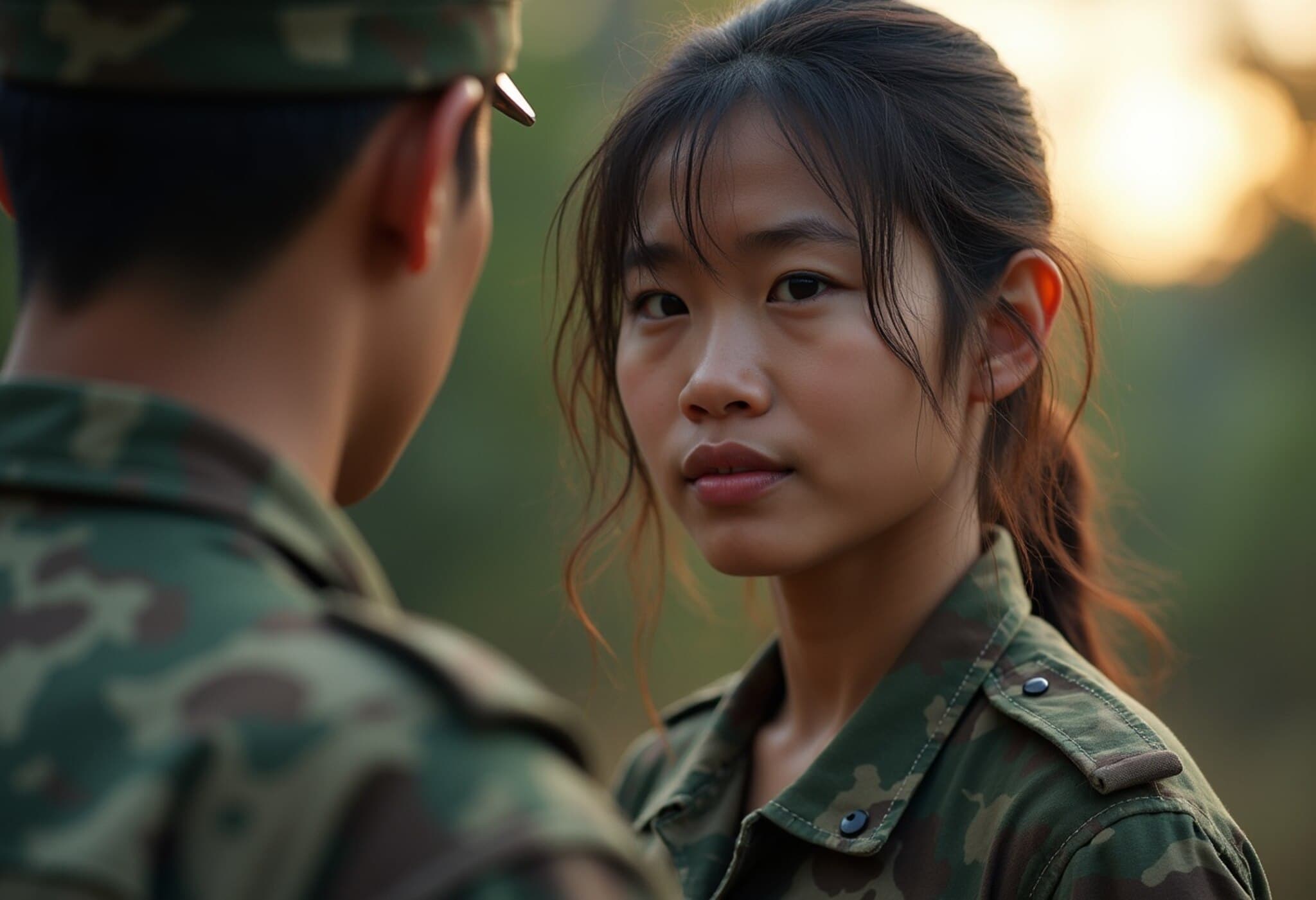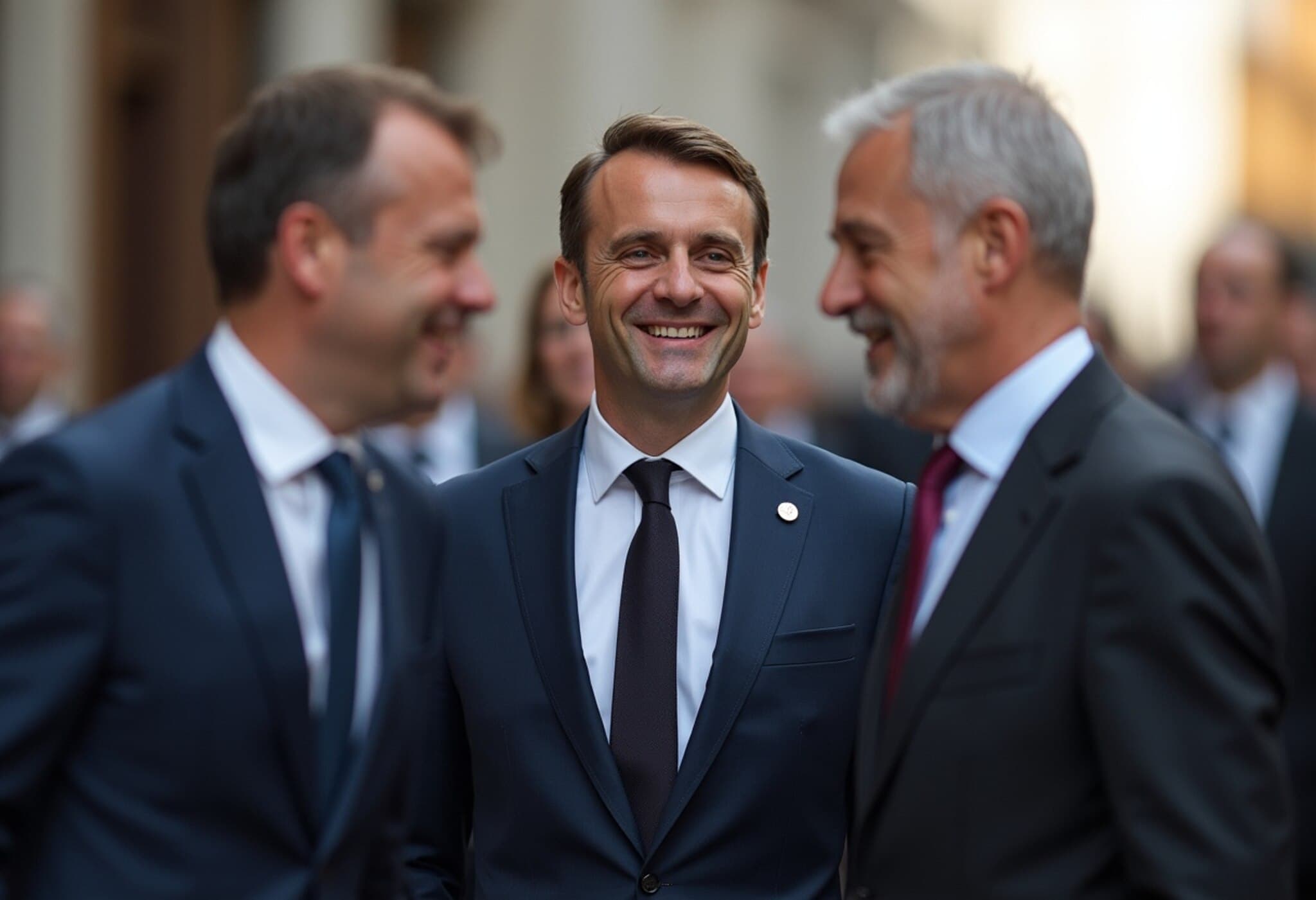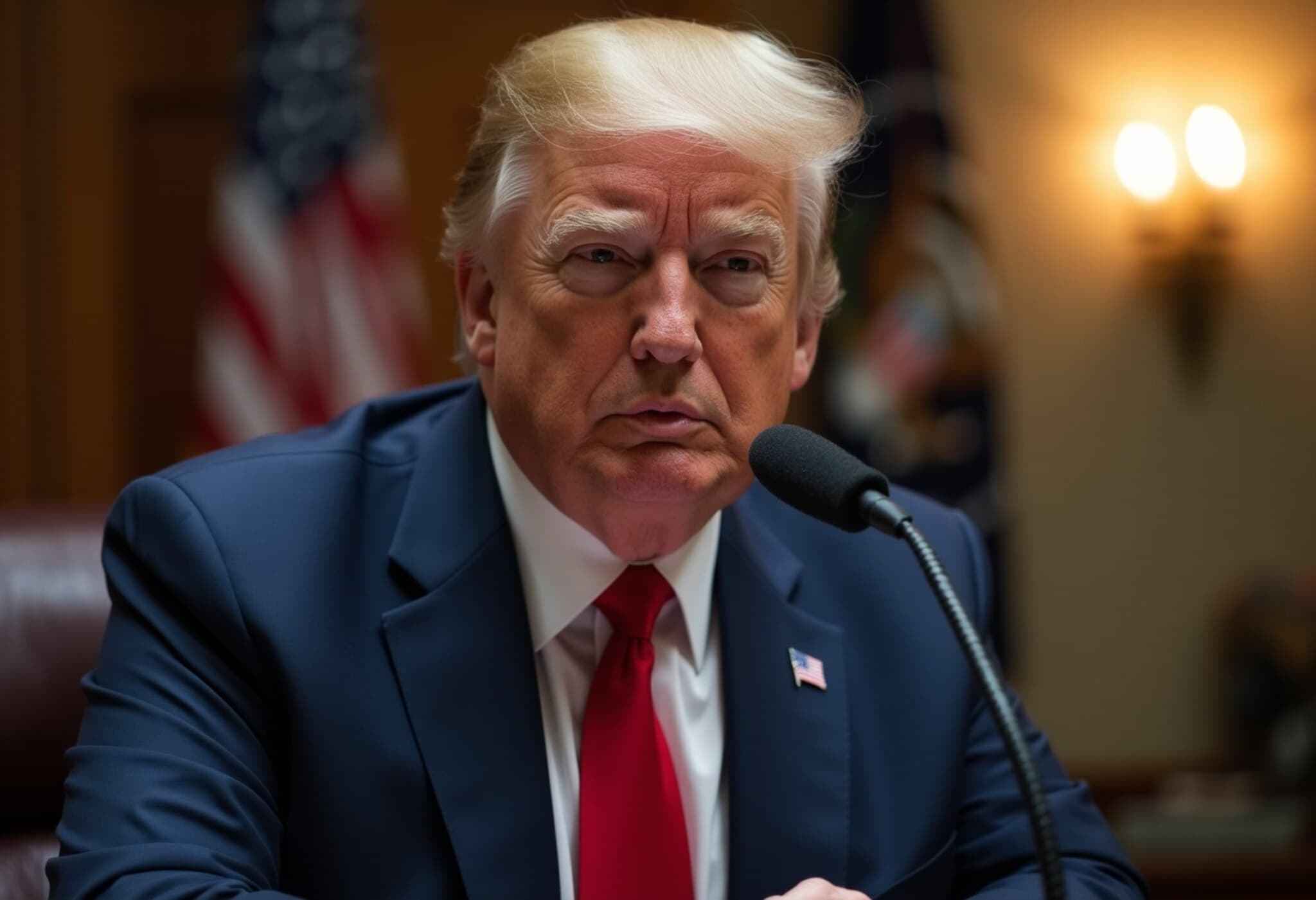Renewed Clashes Ignite Along Thailand-Cambodia Border Around Ancient Temples
In a troubling development echoing decades of tension, Cambodia has urgently called for a ceasefire following fresh confrontations with Thailand near their disputed border. The United Nations received Cambodia’s appeal amid fierce exchanges of rockets and artillery fire that persisted for a second day near the historical Preah Vihear and Prasat Ta Muen Thom temples.
Historical and Strategic Significance of the Disputed Region
The Preah Vihear temple, a UNESCO World Heritage site, and the adjoining Prasat Ta Muen Thom temple are not only architectural marvels dating back to the Khmer Empire but also flashpoints in a long-standing territorial dispute between Cambodia and Thailand. Both countries lay claim to the land surrounding these temples, a dispute that has periodically flared into violence over the past several decades.
Escalating Conflict and Rising Concerns
Thailand has issued stark warnings that if the situation is not quickly controlled, it could escalate into full-scale war. The recent clashes involved the use of heavy artillery and rocket launches, creating an atmosphere of fear and uncertainty for civilians living near the volatile border regions. The cross-border violence underscores the fragile peace and highlights the urgent need for diplomatic intervention.
International Reactions and UN Involvement
The United Nations has been a familiar platform for discussions on this dispute, wherein Cambodia’s envoy urgently urged all parties to halt hostilities immediately. International observers emphasize that sustaining peace in Southeast Asia depends heavily on managing such disputes without resorting to force. Experts note that the conflict could disrupt regional stability, impacting ASEAN’s broader economic and security frameworks.
Expert Analysis: The Complexity Behind the Conflict
Dr. Ananda Chheang, a Southeast Asian political analyst, explains, "The border dispute around Preah Vihear is deeply entangled in national pride, historical grievances, and strategic border control. Any confrontation risks undermining years of diplomatic efforts and regional cooperation. It's a fragile powder keg that requires measured dialogue backed by international mediation."
Furthermore, economic implications arise as border skirmishes could hinder cross-border trade and tourism, both vital to Cambodia and Thailand’s local economies. The risk is that prolonged conflict could shift focus from development to militarization, affecting millions dependent on border commerce and cultural exchanges.
Looking Ahead: Pathways to Peace
- Renewed Diplomatic Talks: Expert voices call for immediate bilateral negotiations facilitated by neutral parties to de-escalate tensions swiftly.
- Enhanced UN Peacekeeping Role: The United Nations may need to bolster its monitoring mechanisms to ensure compliance with ceasefire agreements.
- Community Engagement: Local voices and civil society participation are critical for sustainable peace, bridging historical divides through cultural understanding.
Editor’s Note
While the fighting around Preah Vihear temples attracts international headlines, the core issues reflect deeper historical wounds and contemporary geopolitical challenges. This ongoing conflict serves as a reminder of how cultural heritage sites can become battlegrounds for national identity and sovereignty. The international community’s role in encouraging constructive dialogue and preventing escalation is more crucial than ever. For readers, we invite reflection on the underlying human stories—families displaced, livelihoods disrupted—that often get overshadowed by geopolitical narratives.
Can peace be achieved without compromising the rich historical heritage and mutual respect that both Cambodia and Thailand cherish? The path ahead is fraught but not without hope.

